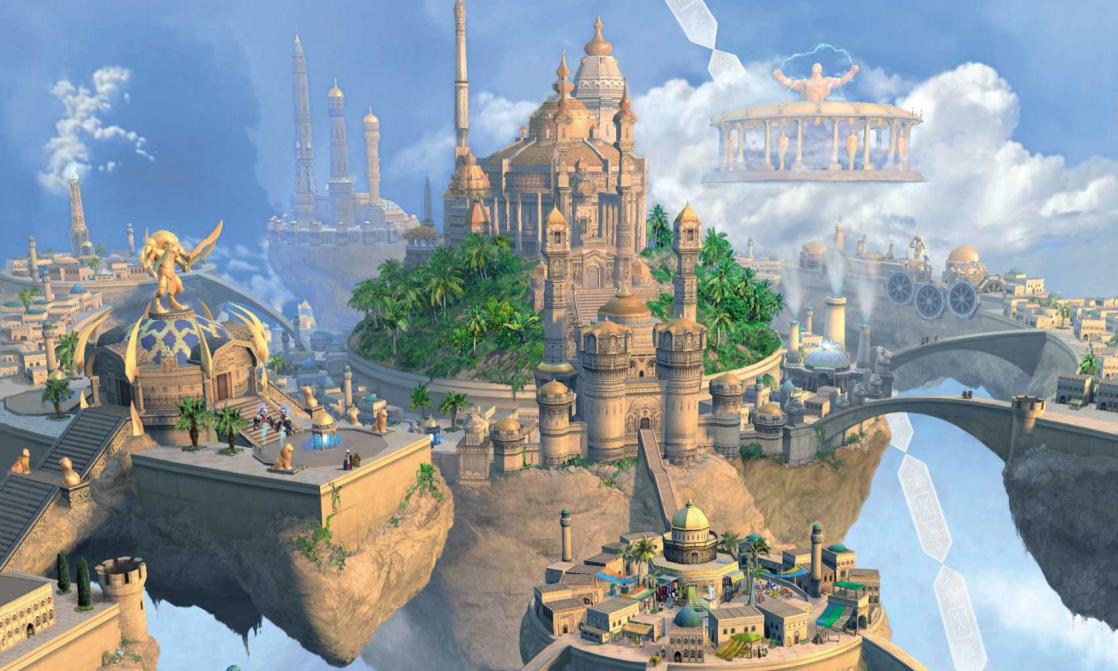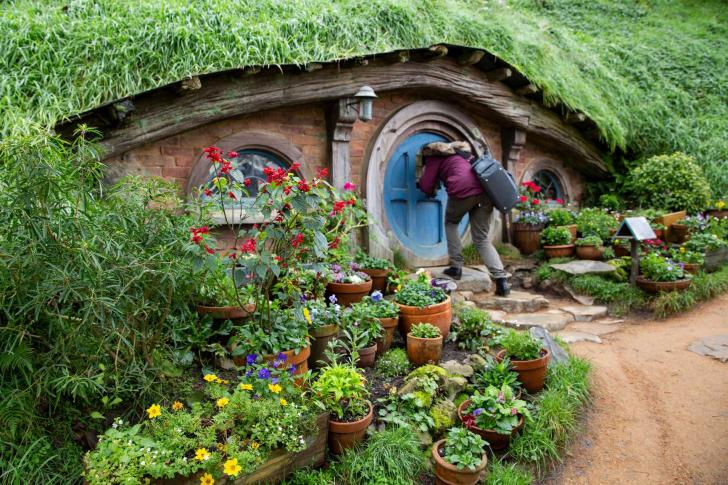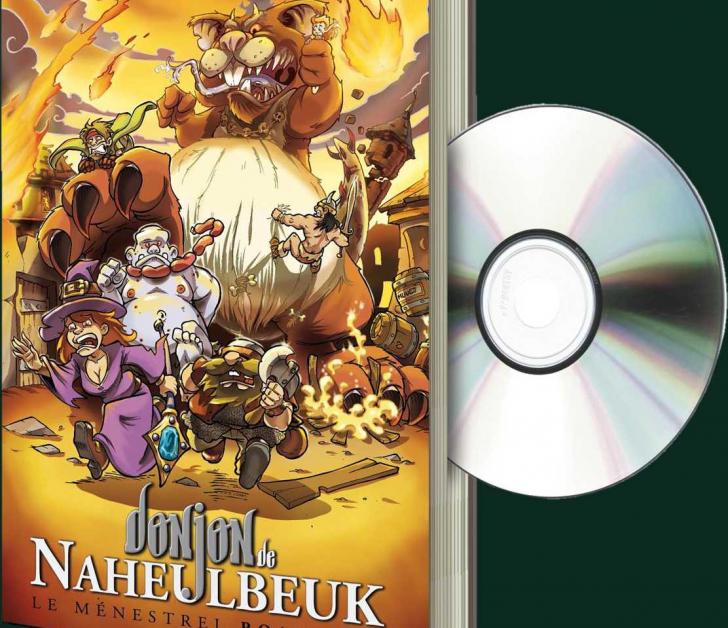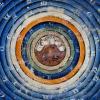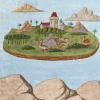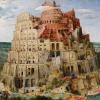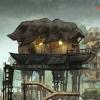Books, Films, Games and More: Multimedia Worlds
Keeping up with technological evolutions, invented worlds now take shape in a range of different formats. From the written word to augmented reality, they sometimes function as a multimedia galaxy.
If the notion of “worlds” is constantly coming up in fantasy, it’s not only because the works create them, but also because they are themselves vast constructions that unfold over extended periods and across various media. In addition, through tabletop and computer or video role-playing games, real communities are formed. Internet facilitates that “world” effect, and has clearly contributed to the fact that fantasy has acquired such significance in contemporary cultural practices.
Tolkien’s Middle-earth: A World-Oeuvre
The desire to create worlds is modeled on Tolkien’s oeuvre, which stretched gradually over multiple media.
The work’s long gestation meant that it made readers feel like they had been introduced to a very coherent world, one that was sufficiently compelling and complete that they could keep going further and further into it. Extending the pleasure of reading The Lord of the Rings through video games and American fantasy sagas was the goal that meant that Tolkien’s work gradually acquired the dimensions of an entire genre. Reactivating that enjoyable speculative world is what Peter Jackson managed to do with his action-packed film adaptations of The Lord of the Rings and The Hobbit, which were aimed at a “young adult” audience. The canonical written work soon becomes reflected in a non-canon “wider world” that includes myriad forms of merchandise. Each item purchased or consumed contributes to giving fans the impression of actually living in Middle-earth.
On A Console or TV: Gotta’ Catch ‘Em All
At the opposite end of the spectrum, the term “media mix” has been coined to describe what makes the world of Pokémon, the icon of Japanese media culture, so interesting and impactful. The essence of a “media mix” is in its scattered dispersal rather than its cohesiveness. Although the video game (Nintendo Game Boy, 1996) came first in chronological terms, no single media is considered more canonical than any other for Pokémon’s collection of creatures. They are all equal: from video games to augmented reality in the Pokémon Go app (2016), via animated cartoons and the cards that school children have been trading for nearly 25 years during recreation.
They are all access points to a story that is extremely flexible and is in fact largely based on reproducing the game’s own structure. "Gotta catch ‘em all” – become a trainer and a champion, like Ash Ketchum (his name is a nod to the slogan) and his Pikachu, collect creatures that can be categorized by color, element, move and more. The “Pokémon world,” refers to both a franchise (a vast array of related cultural products), and the context that ties their contents together into stories. They underpin a business strategy (launching new lines) by “translating” them into new levels in a story that players can both piece together and tell.
French Fantasy and Player Communities
A huge budget is no longer required to create a trans-media world. Two examples from France, Le Donjon de Naheulbeuk and NOOB, demonstrate the importance of the fantasy community, which is bound together through convention and a shared sense of humor.
Both series take the gamer experience as their starting point, and provide tongue-in-cheek reflections of the world of role-playing games. The characters in Donjon de Naheulbeuk are player-character tropes who form a dysfunctional team with the Ranger at its center. Those in NOOB are people from our world who form a particularly disastrous guild of network players who intervene in the (fictitious) game Horizon and its world, Olydri.
While both series have spawned comic books and novels, one defining feature is that they both started out on line. Naheulbeuk, which was created and developed by John Lang, a.k.a. Pen of Chaos, started out as an “MP3 saga,” in 2000. It contributed significantly to making that new style of audio broadcasting popular. Naheulbeuk, like all of today’s trans-media worlds, has spawned an on-line encyclopedia, the “encyclonebeuk” that provides an inventory of fascinating information about its world, Terre de Fangh (Fanghland). The Naheulband, a parody-music group fronted by John Lang, has released several albums and occasionally gives concerts at music festivals or fantasy conventions.
On the other hand, NOOB, which came later – it was created and developed in 2008 by Fabien Fournier – started out as an amateur web-series. The crowdfunding campaign for Noob, le film, an on-line film project, was so successful that it turned into a trilogy (since 2015)!
